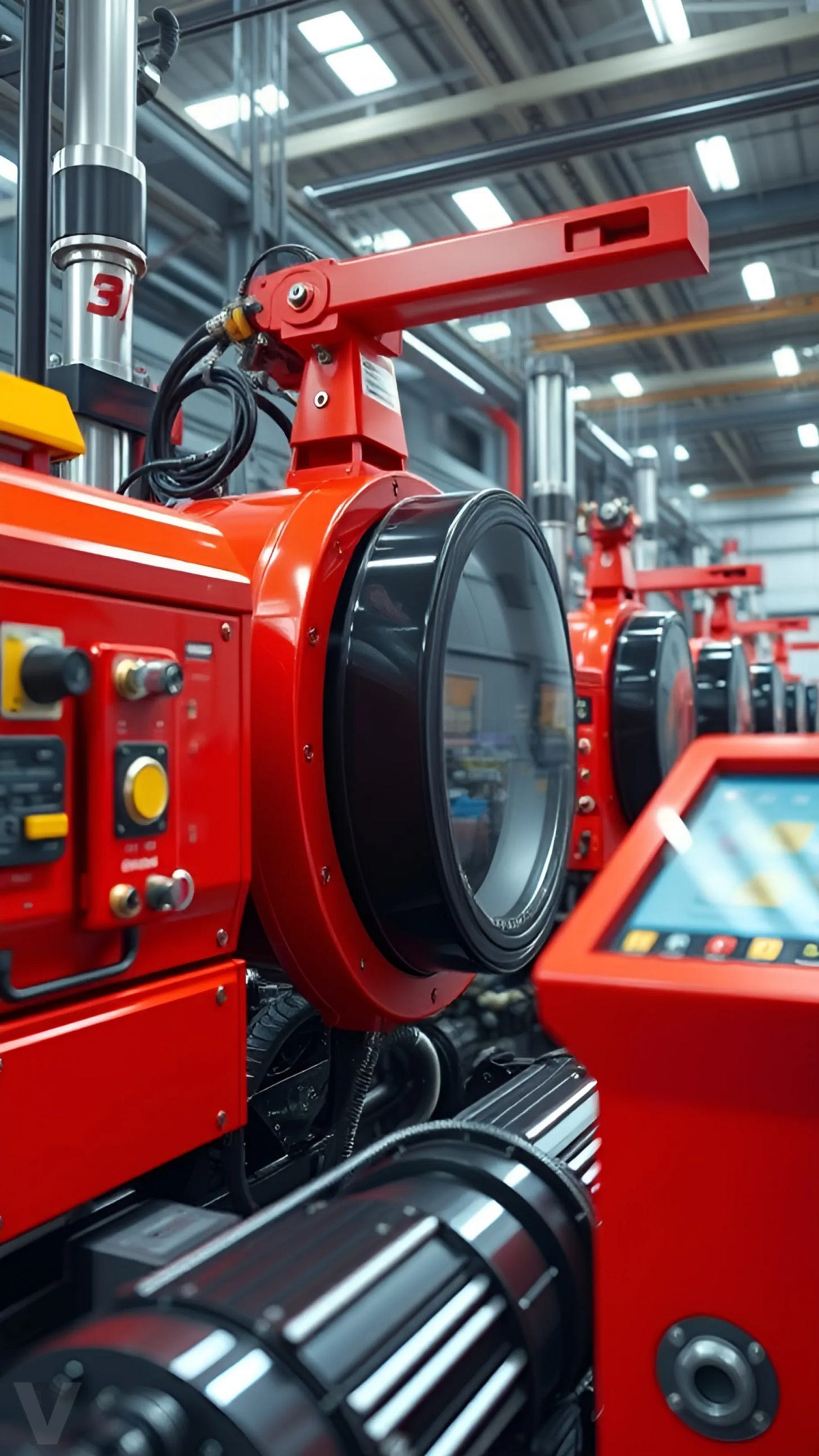Implementing Effective Preventative Maintenance: What You Need to Know

The importance of keeping your business premises in good condition and well-maintained can elevate your working standards, reduce unplanned downtime, and reduce mistakes and errors resulting from an ineffective working environment.
Implementing a regular repair schedule for your building and equipment is not just a necessity; it’s a strategic move. With a comprehensive plan in place, you can rest assured that your standards will be elevated and efficiency improved through preventative maintenance.
Let’s examine some rules to help you create a checklist that enables you to maintain standards within your business.

Risk Assessment
By comprehensively understanding the risk aspects of your business, you gain the power to implement preventative measures where needed. This understanding empowers you to identify what needs to be included in your maintenance plan and why, ensuring a proactive approach to risk management.

Inventory Assessment
Conduct a thorough inventory assessment of your assets. Note down each asset, its function, frequency of use, age, recommended servicing requirements, and potential risks. This information will help you create a maintenance schedule that ensures all equipment remains operational, reducing the risk of unexpected downtime.
Resources
Review the resources you have and compare them with what is needed to conduct your preventative maintenance duties. You may find that you prefer to outsource to professionals in order to ensure that the applicative repairs and services are carried out by qualified professionals. Alternatively, you may want to hire an in-house team and build repair kits with tools and equipment that you will need, including personal protective equipment (PPE), safety apparatus, training, and specialized tools such as steel drill bit sets, among others. Identify what is required for the maintenance tasks you will be completing and allocate resources to help you build this up.

Set Objectives and Rules
Understand what you want and need from your preventative maintenance plans and work to help you meet specific goals and needs. It may be that you want to reduce downtime or repair costs, and you need to monitor your activities to ensure these goals are achieved or to make changes to meet them. You might find that you’re simply monitoring the end-of-life status of old equipment to enable you to upgrade when the time is right. Ensure all personnel have clear rules to adhere to, understand their responsibilities, and know what to report. Also, ensure they’re informing you about ongoing work, any planned downtime for repairs, and the status of any ongoing projects.

Assess
Once your plans are in place and you are conducting preventative activities for all your equipment, the building, and any machinery you have, you need to stay on top of what is happening and regularly assess the work being carried out and results being produced to ensure nothing is being overlooked and you’re not simply throwing away money. For example, are aspects of the business that need to be replaced simply being patched up, thus wasting money as they are not improving performance or productivity? The more you know, the more you can do, and the better the improvements you can make.



